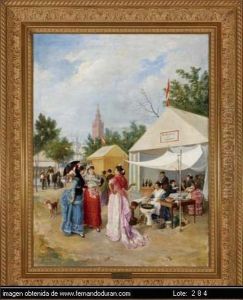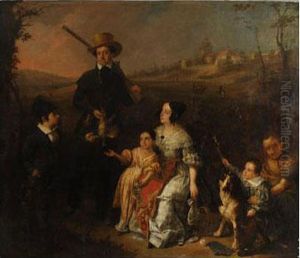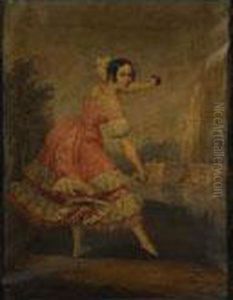Antonio Cabral Y Bejarano Paintings
Antonio Cabral y Bejarano was a distinguished Spanish painter, born in 1798 in Seville, Spain. He emerged from a time when the Spanish art scene was rich with talent and innovation, particularly in the realm of romanticism and realism. Bejarano is best known for his contributions to portrait and genre painting, capturing the essence of his subjects with a remarkable attention to detail and a profound sense of emotion. His works are celebrated for their vivid portrayal of everyday life in 19th-century Spain, as well as for their exquisite representations of historical and literary figures.
Bejarano's artistic journey began at the Royal Academy of Fine Arts of Saint Elizabeth of Hungary in Seville, where he honed his skills under the tutelage of some of the era's most renowned artists. His dedication and talent soon earned him significant recognition, paving the way for a career that would leave a lasting imprint on the Spanish art world. Throughout his life, Bejarano was deeply influenced by the socio-political changes sweeping across Spain and Europe. His art reflects a keen observation of social nuances and a compassionate portrayal of human conditions, themes that resonated with both his contemporaries and modern audiences.
Aside from his artistic endeavors, Bejarano played a vital role in the cultural life of Seville. He was actively involved in the city's artistic institutions, contributing not only as a creator but also as a mentor to the next generation of Spanish artists. His legacy is preserved in the collections of several major museums, where his works continue to attract admiration for their beauty and historical value. Antonio Cabral y Bejarano passed away in 1861, but his influence on Spanish painting and his portrayal of 19th-century life endure, securing his place among the esteemed artists of his time.





